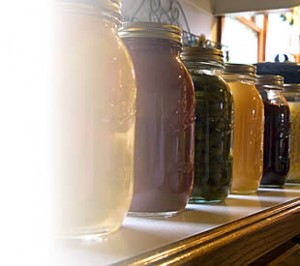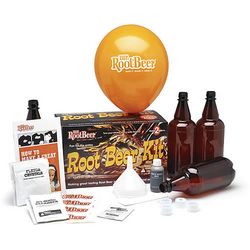
I read recently that, in spite of a plethora of “time-saving” appliances and gadgets, we actually spend more time on household chores than people did 100 years ago. Vacuum cleaners are certainly easier than beating carpets but a century ago, carpets were only cleaned once a year rather than every day. Families had far fewer dishes and washed up after every meal. Now we have dishwashers but we have so many dishes, pots and pans and we snack so much that running a full load twice a day is not unusual in large families. By the time you scrape, rinse, load, and unload, it may take less time to just wash your dishes by hand.
When I was a little girl laundry was a very different affair than it is now. I was expected to fold my pajamas in the morning and put them under my pillow. I had only a few school outfits and I was expected to keep them clean, using smocks at school for messy projects and changing into play clothes as soon as I arrived home. I had only one church dress and it was almost never washed. Socks and underwear were washed by hand each night and hung on a rack in the bathroom to dry.

Laundry was hung outside in fine weather and dried on a rack in front of the parlor stove if it rained. I know rather small families that do a load or two of laundry every day! Think of how much time and money they’re spending and how much landfill waste those clunky plastic jugs of laundry soap will produce.
Don’t misunderstand me. I’m not advocating that we go back to beating our clothes on a rock by the river, but I do think we can find a way to make the process of clothing ourselves less arduous. The first step is certainly to take better care of our things so we can wash them less. The second step is to look at our laundry and think of it, not as a horrible chore, but as a gift we are giving ourselves and our families.

I start the process of laundry with making detergent. It sounds crazy to some of my friends but it really only takes about ½ hour of hands-on time. It costs very little and once you’ve done it a time or two, you won’t even need the recipe. I never have detergent jugs to recycle and my clothes look fine. Here’s all you need to get started.
You need a 6-gallon bucket. It doesn’t need to be food grade but it will need a lid. To save some time, mark the outside of the bucket at the 5 gallon mark so you won’t have to measure in the future. You’ll need to buy a bar of Fels Naptha soap, a box of Washing Soda and a box of Borax. You will get several batches of soap out of the washing soda and the borax.

Some instructions will tell you to grate the bar of soap into a pan of hot water. I never grate my soap anymore. I just slice it into thin slivers. It takes a bit longer to melt down, but I save my knuckles. Set the pan of water and soap over a low flame and stir it once in a while until it melts. While the soap is melting, pour about 2 gallons of very hot water into your bucket and add a cup each of the washing soda and borax into the water and mix it until it dissolves.
When the soap has completely dissolved in the water, add it to the water/washing soda/borax mixture in the bucket and give it all a good stir. Now fill up the rest of the bucket to the five gallon mark, cover and let it sit for a few hours. You will end up with a nearly translucent gel. I use 1/3 cup for things like towels that aren’t really dirty and ½ cup for soiled jeans and work shirts.
I have had some fun getting a little creative lately. I poured out a quart jar of laundry detergent and added several drops of lavender essential oil. I use this for my sheets as the lavender is very calming.
There is something lovely about taking control of this one small part of my life. I actually enjoy doing laundry. I like hanging out my clothes and I love taking in the fresh-smelling clothes off the rack.































